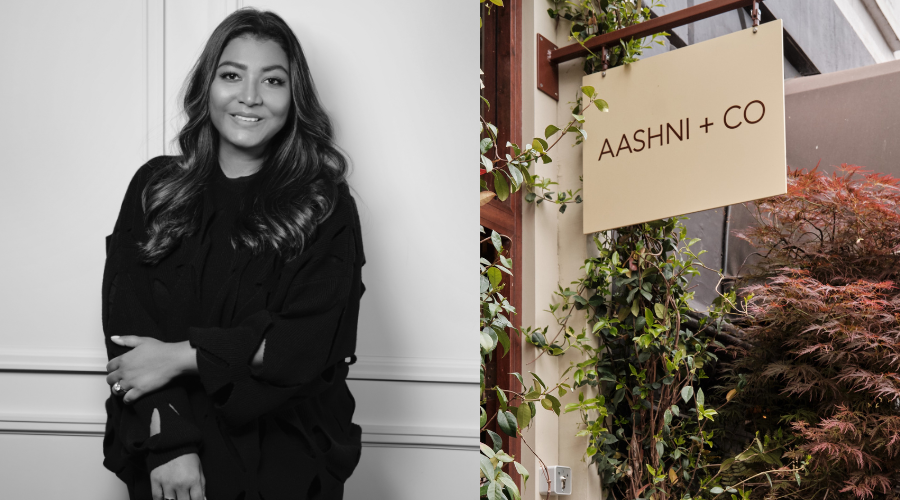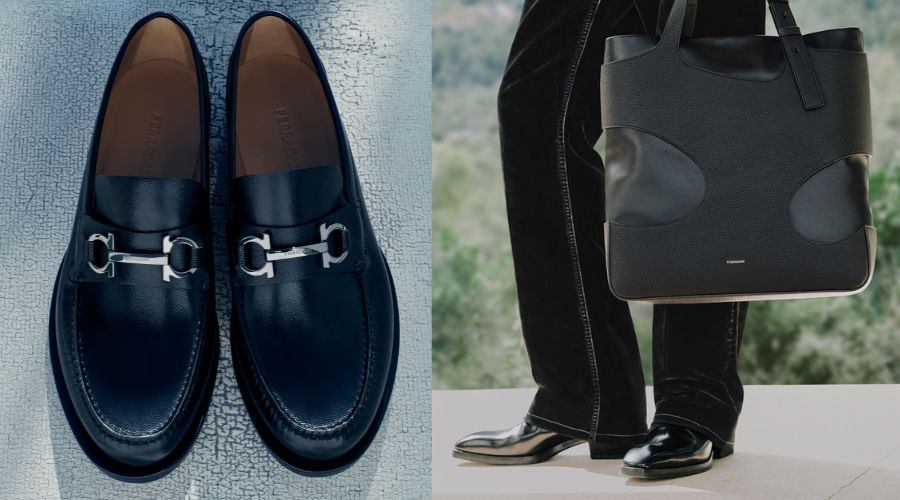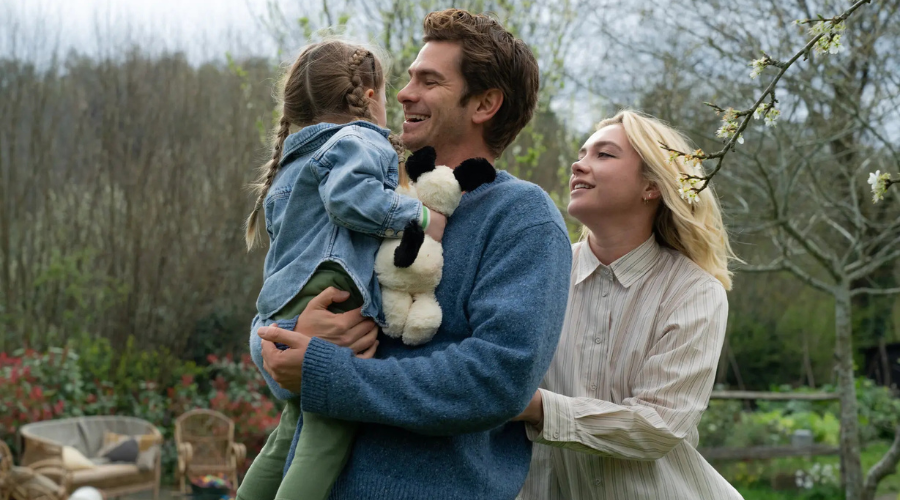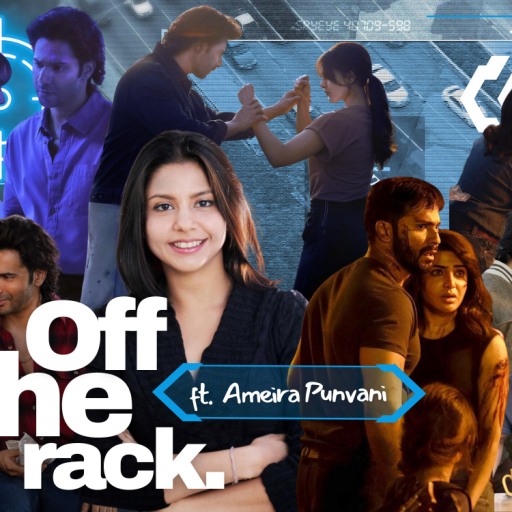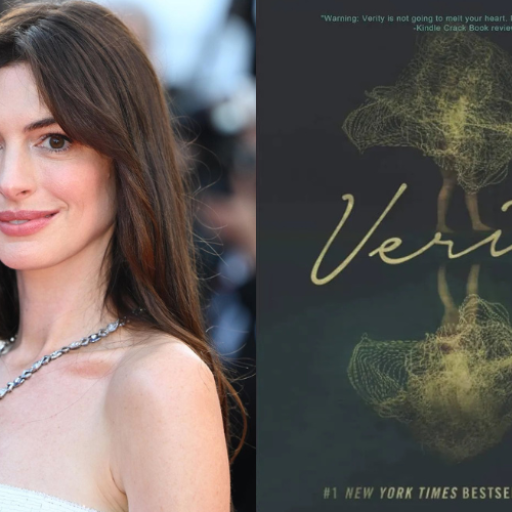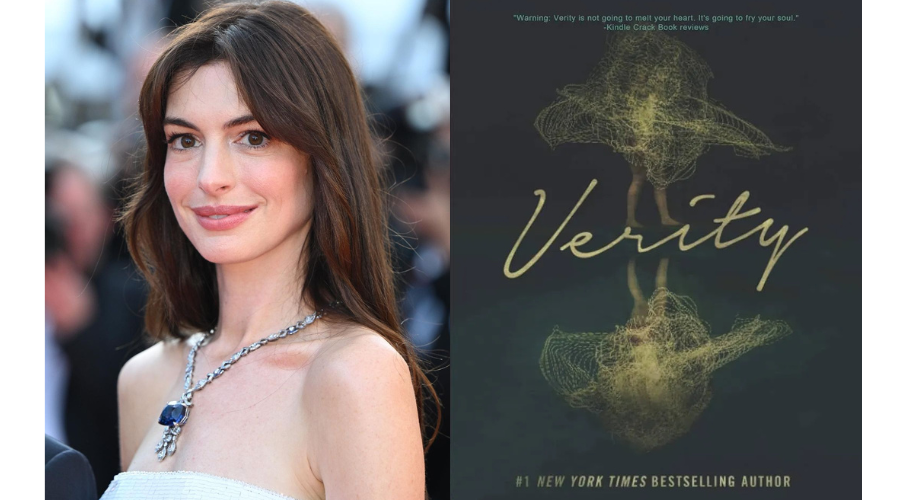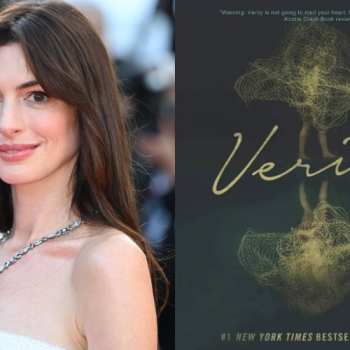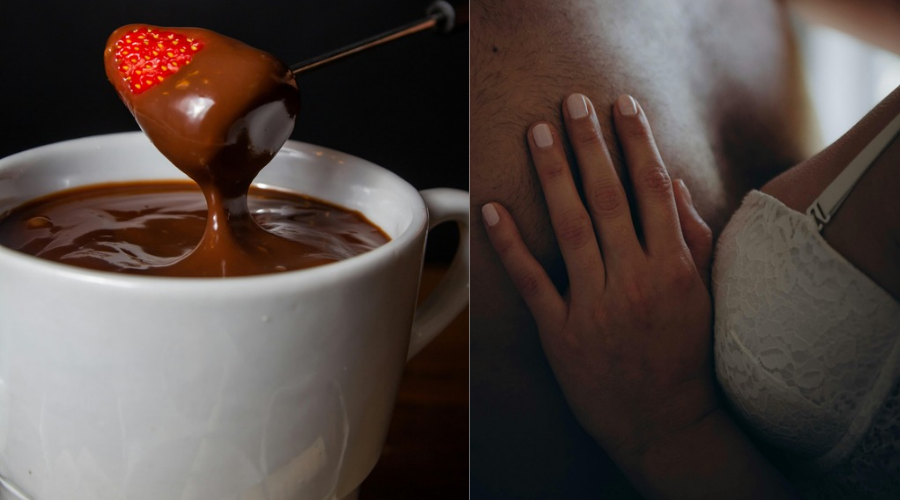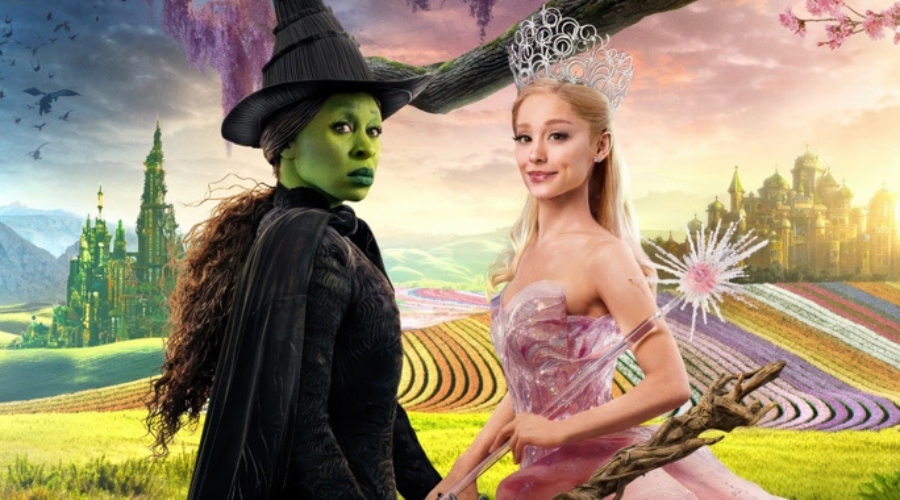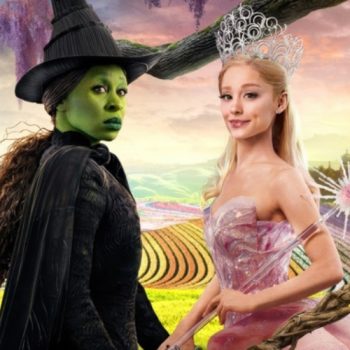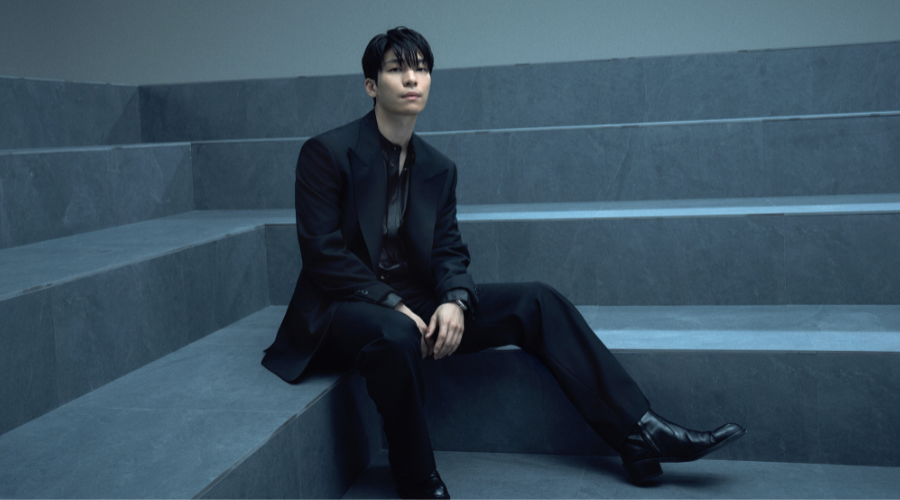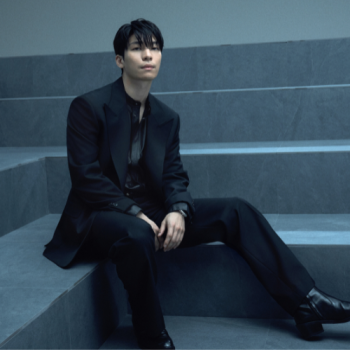Spoilers below.
We Live in Time is a heart-wrenching film, but I don’t believe it to be a manipulative one. The highly anticipated A24 romance—starring Andrew Garfield and Florence Pugh as contemporary Brits, drawn together first by accident, then repeatedly through deliberate, sometimes painful choice—hasn’t attempted to hide its subject matter. In trailers, interviews, and even critic reviews, the scope is made clear: This movie is about ordinary people falling in love, desperate to live outside the shadow of a ticking clock. But it is also about cancer, and with cancer, all too often comes death.
In the John Crowley-directed feature, Garfield plays Tobias, a listless and recently separated IT worker for the cereal company Weetabix, who grows enamoured with Pugh’s Almut, a vivacious chef and restaurant owner who refuses to diminish her ambition. Their priorities slowly align, as is made evident when the film darts amongst three separate timelines, depicting the couple as friends, lovers, and parents over a multi-year span. And though it takes Tobias and Almut several years to learn of Almut’s ovarian cancer, the audience gets the news early in the film. The diagnosis is not a bomb dropped in the third act; it’s not really even a spoiler. The cancer is a reality viewers acknowledge and anticipate for nearly the entire hour-and-44-minute runtime.
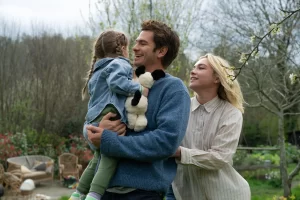
For this reason, We Live in Time’s final scenes are all the better considered—and all the more impactful. Near the film’s end, a sick Almut has agreed to undergo chemotherapy treatment, but she’s made it clear to Tobias she doesn’t want her final days spent shrunken and restricted. He agrees, if only in concept. Nevertheless, knowing Tobias would object, Almut has quietly signed up for the world-renowned cooking competition the Bocuse d’Or, for which she trains in secret. When Tobias inevitably discovers this extracurricular, he’s initially flabbergasted and betrayed: How could Almut be so selfish, overexerting herself exactly when she needs rest? How could she spend time away from home, when she has less and less of that time left? Perhaps worst of all, how could she keep this from him, the person who knows and loves her best?
Almut’s rationale is not about ambition, but about conviction. She doesn’t want to stumble into the end of this story. She wants her daughter to remember her in all her vitality, talent and zest. She wants to spend her final months not dreading the spectre of death but respecting its finality. If her saga must conclude, why would she want it to end on a note that’s anything short of profound—even if the “profound,” as We Live in Time argues again and again, is often found in the smallest and gentlest of phenomena?
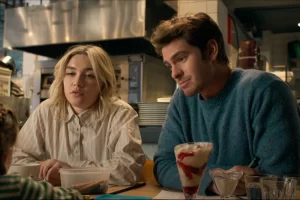
By the time Almut’s competition arrives, Tobias has thrown his full support behind her. He has relinquished his own dream—for the two of them to wed in a ceremony before their loved ones—in favor of Almut’s. He and their daughter, Ella, cheer her on from the crowd as she rushes between stations on the chef’s platform, her strength sapped as the clock winds down. Almut’s commis, Jade, steps in to plate the final dishes mere moments before the timer blares. Despite the thrill of this moment and the fortitude it took to get there, Almut does not stay to learn the results of the contest. Audiences will never know the outcome of this fictional Bocuse d’Or, because—as Almut understands—the outcome was never the point.
Instead, Almut exits the competition floor with Tobias and Ella by her side, and they visit a nearby skating rink. As Crowley revealed midway through his film, Almut was once herself an accomplished figure skater, spurred on by her father, who died when she was young. In the years since his passing, she has avoided skating; the memory of him had embedded itself in the sport, paralyzing her. But mere moments after the adrenaline rush of the Bocuse d’Or, Almut slips into a pair of skates and takes to the ice with her partner and their child. She does so effortlessly as if she never stopped in the first place. She is not running from death, but neither is she succumbing to it. As she breaks away from Tobias and Ella, spinning in elegant circles, she crosses an invisible divide in the rink. This line, which the audience cannot see but nevertheless feels, separates Almut from her family. From opposite sides of this chasm, they look at one another. Almut lifts her arm and waves. Nothing needs to be said for this exchange to be understood as a goodbye.
Almut’s death is never explicitly acknowledged in We Live in Time, and I think that’s one of the film’s most elegant choices. It is, of course, possible that she lives on, but the implications of the script are too clear to ignore. In the ending scene, Tobias and Ella walk alone into the kitchen they once shared with Almut. With them is a dog, another signal that Almut is no longer with them: In earlier scenes, Tobias and Almut discuss why getting a dog might help Ella cope with her mother’s eventual death.
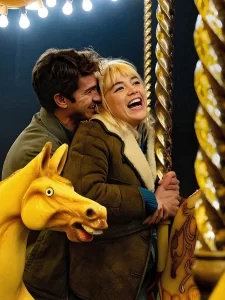
In this one last tableau, Tobias stands over the kitchen counter with his daughter, for whom he demonstrates the proper way to crack an egg—practised in precisely the same method as Almut once instructed him. In this home, however, many months or years after her assumed death, Almut is not forgotten. She persists, in a very tangible sense, in the ways Tobias and Ella care for each other in her absence. Snagging one last career accolade was not, ultimately, Almut’s goal. Instead, it was this: reminding herself, and her family, what all this living and losing and loving is for. Time cannot be evaded, but it can be inhabited.
There’s nothing particularly novel about Tobias and Almut’s story, nor about We Live in Time itself. This is a romance we’ve watched before—for some of us, dozens of times. Even Crowley’s scrambled timeline is more an emotional tool than a cinematic one. I can understand why the film has been accused of being uninteresting, heavy-handed, and mawkish. But I found that the simplicity, particularly in Time’s final sequence, was to the benefit of its beauty. We Live in Time, though indeed a tear-jerker doesn’t try to manipulate its audience into a sanctimonious flood of tears. There’s no trick to be uncovered here. Garfield and Pugh, with their undeniable chemistry, elevate the project far beyond what it might have been without them, but they also protect the integrity of its intentions. As Garfield himself said during a Q&A after the film’s premiere at the Toronto International Film Festival this September, We Live in Time is about the “the weird mystery of wanting to be here,” and all the extraordinary ways in which that is possible—in life and in death.
Read the original article on ELLE USA.


